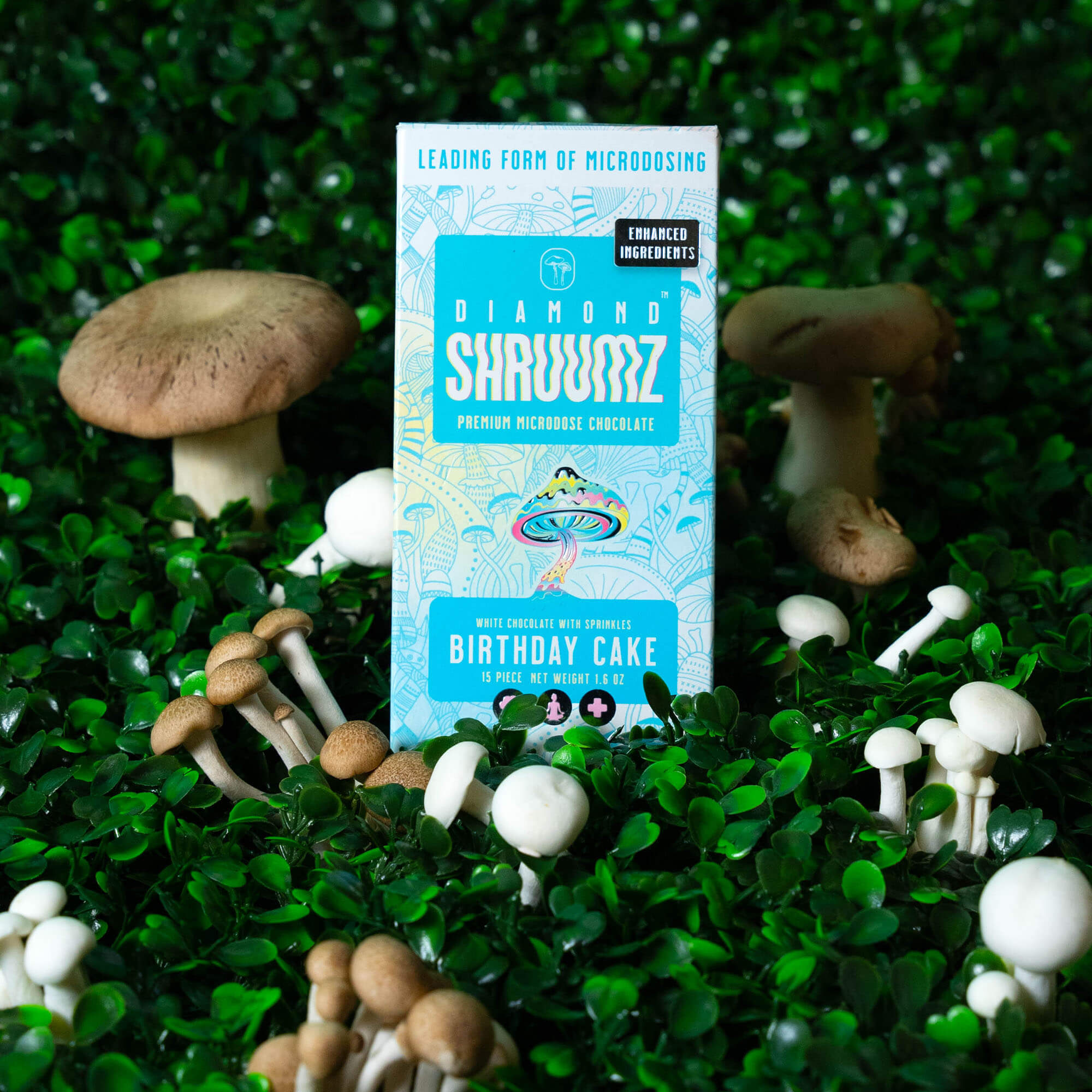One person may have died from eating Diamond Shruumz microdosing candies, which were recalled last week amid a rash of severe illnesses involving seizures, intubation, and intensive care stays.
According to an update this week from the Food and Drug Administration, the cluster of cases continues to increase across the country. To date, 48 people across 24 states have fallen ill after eating the candies, which include chocolate bars, gummies, and candy cones that were sold online and in retail locations, such as smoke and vape shops. Of the 48 people sickened, 46 were ill enough to seek medical care, and 27 were admitted to a hospital.
For now, the death noted in the FDA's latest update is only "potentially associated" with the candies and is still under investigation. No other information is yet available.
But in an interview with Ars, medical toxicologist Michael Moss was not surprised that the candies may have turned deadly. Moss, who is the medical director of the Utah Poison Control Center, cared for one of the first people reported to be sickened in the cluster.
An early case
The person was sickened in Nevada and transferred to a hospital in Utah, where Moss was a member of his care team. After the person came out of intensive care, Moss sat down with him and tried to piece together what happened. According to Moss, the person had bought a Birthday Cake-flavored chocolate bar at a local store. The bars are sold as "microdosing" candies, suggesting they contain psychedelic compounds, but the exact components and dosages aren't listed.
Though the person told Moss he had some experience with psychedelics before, it was only with actual mushrooms. This was the first time he had eaten such a bar. And the bar's packaging had only vague instructions of how much to eat at one time to achieve certain effects. For instance, eating nine or more squares of the bar was described with an image of an eye with lots of rainbow colors.



 Loading comments...
Loading comments...
